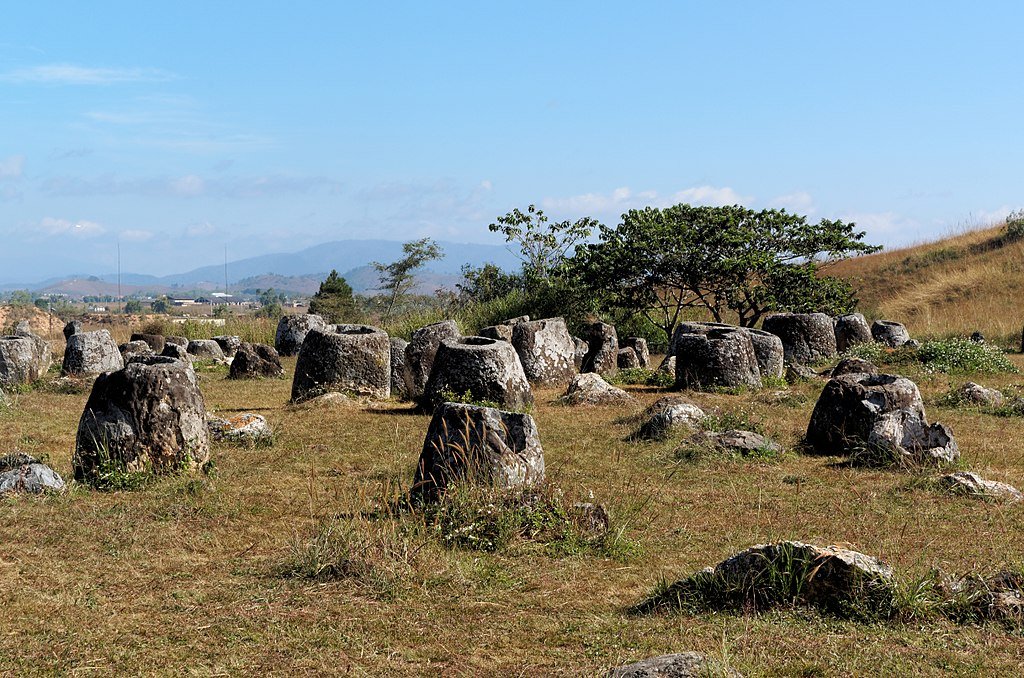They stretched wider than a small plane, casting moving shadows that must have startled anything below. Yet the real shock isn’t their size – it’s the idea that they flew at all. Pterosaurs like Quetzalcoatlus and giant birds such as Argentavis and Pelagornis didn’t just drift; they launched, climbed, and crossed distances that would tire modern gliders. Scientists have spent decades piecing together how bones, membranes, wind, and muscle conspired to make the impossible routine. The answers are arriving in fragments – each a clue that turns a mystery into mechanics, and a legend into testable physics.
Theory 1: The Quadrupedal Vault – A Catapult Start

One leading idea says the biggest pterosaurs didn’t sprint like birds; they vaulted. Using all four limbs, they loaded elastic energy in their massive forelimbs and sprang skyward in a split-second burst, like a pole-vaulter without the pole. That jump bought precious meters of clearance, enough time to snap open the wing membranes and take a few heavy, decisive beats. For creatures flirting with the limits of muscle power, this explosive start changes the math from barely feasible to comfortably possible.
I once watched a condor lean into a gust and felt the ground tremble with its takeoff; now scale the leverage and you glimpse the pterosaur advantage. The forelimb launch shifts the burden away from hindlimbs that scale poorly with size and toward the stronger flight apparatus. With a headwind, a ridge, or a mild slope, that vault could transition to lift almost immediately. In short, the runway was their own anatomy.
Theory 2: Wing Loading and Aspect Ratio – Designs That Sip Energy

The giants played the long game with their wings. Lower wing loading – mass spread across a large wing area – lets a flyer stall at slower speeds and ride weak lift that would drop denser bodies. High aspect ratio wings, long and relatively narrow, attack drag where it hurts, enabling long glides with small energy budgets. That combination is why albatrosses can cruise the Southern Ocean for hours without flapping.
Scaled up, the same principles make a ten-meter wingspan plausible in real air. You can picture the craft: a living sailplane, tuned for efficiency, not acrobatics. Climb when the air offers something, then trade height for distance with grace, not brute force. The physics don’t care whether the airfoil is carbon fiber or collagen and keratin.
Theory 3: Thermal Highways – Riding Warm Columns Like Elevator Shafts

Thermals are rising bubbles of warm air, and big wings love them. Modern vultures spiral up the invisible columns, then glide outward, repeating the cycle to cover ground cheaply. Giant birds such as Argentavis likely used the same strategy over open plains and foothills, climbing in lazy spirals until the horizon bent and then slipping toward the next elevator shaft. In landscapes with strong sun and patchy terrain, these lift sources can be reliable, even clockwork.
For the truly massive, thermals solve a basic problem: how to gain altitude without burning through muscle reserves. Flaring into a tight circle, leaning on broad wings, they could turn heat into height, hour after hour. It’s patient flight, not flashy, but astonishingly effective. If you’ve watched hawks on a summer afternoon, you’ve seen a faint echo of that ancient choreography.
Theory 4: Dynamic Soaring – Harvesting Wind Shear Over Water
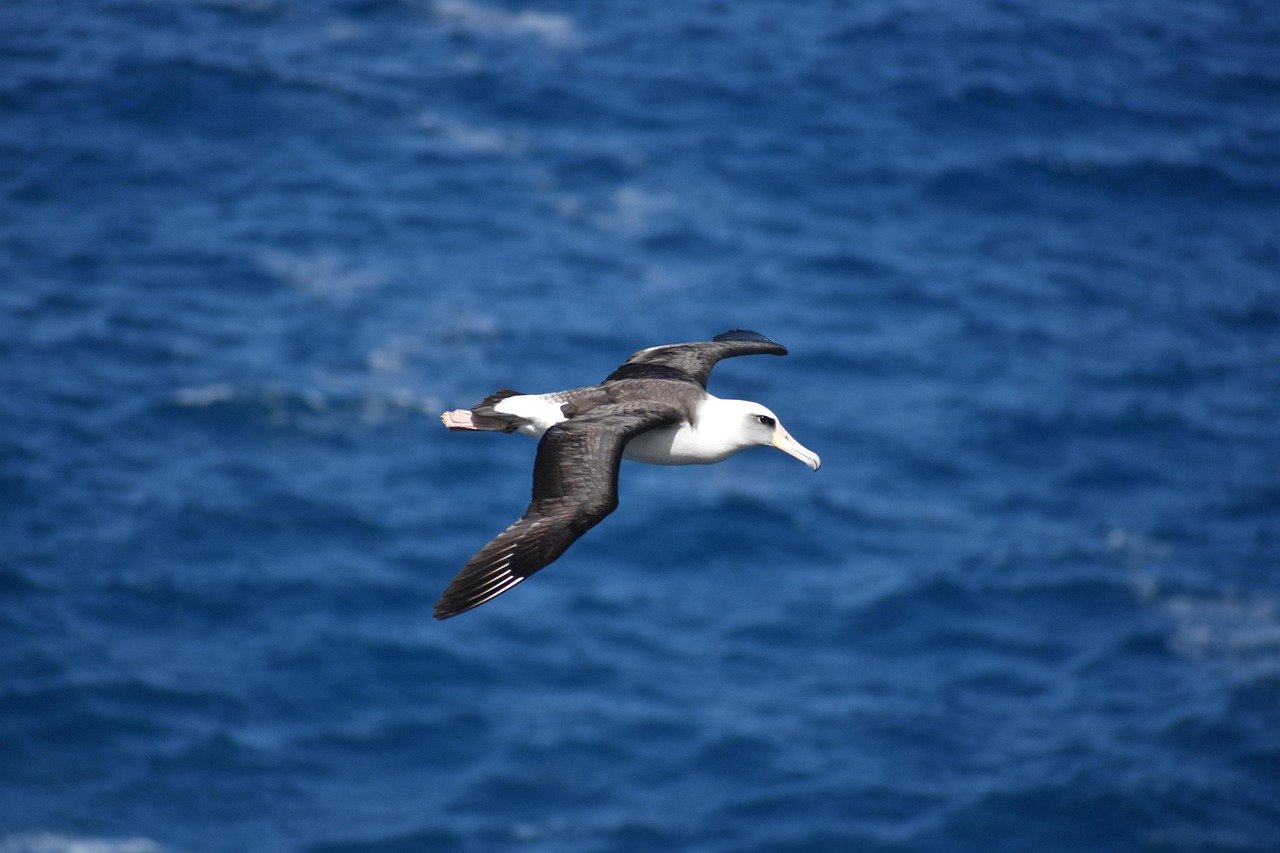
Dynamic soaring is a clever trick: you climb into stronger winds, turn, and dive back into slower air, skimming energy from the shear layer like a commuter tapping a transit card. Albatrosses have perfected it, tracing graceful S-curves over waves with hardly a wingbeat. Some giant flyers – especially open-ocean specialists like Pelagornis – may have used a scaled-up version, exploiting persistent winds and wave-driven gradients. Over the right seas, the atmosphere is an engine that never fully switches off.
This method favors long, slender wings and nerves steady enough to fly close to the surface. It also explains how enormous spans become an asset rather than a liability. Keeping speed through tight, banked turns is the name of the game, and longer wings offer more lift per unit drag when trimmed correctly. It’s not magic; it’s meticulous energy accounting.
Theory 5: Hollow Bones and Air Sacs – Strength Without the Weight
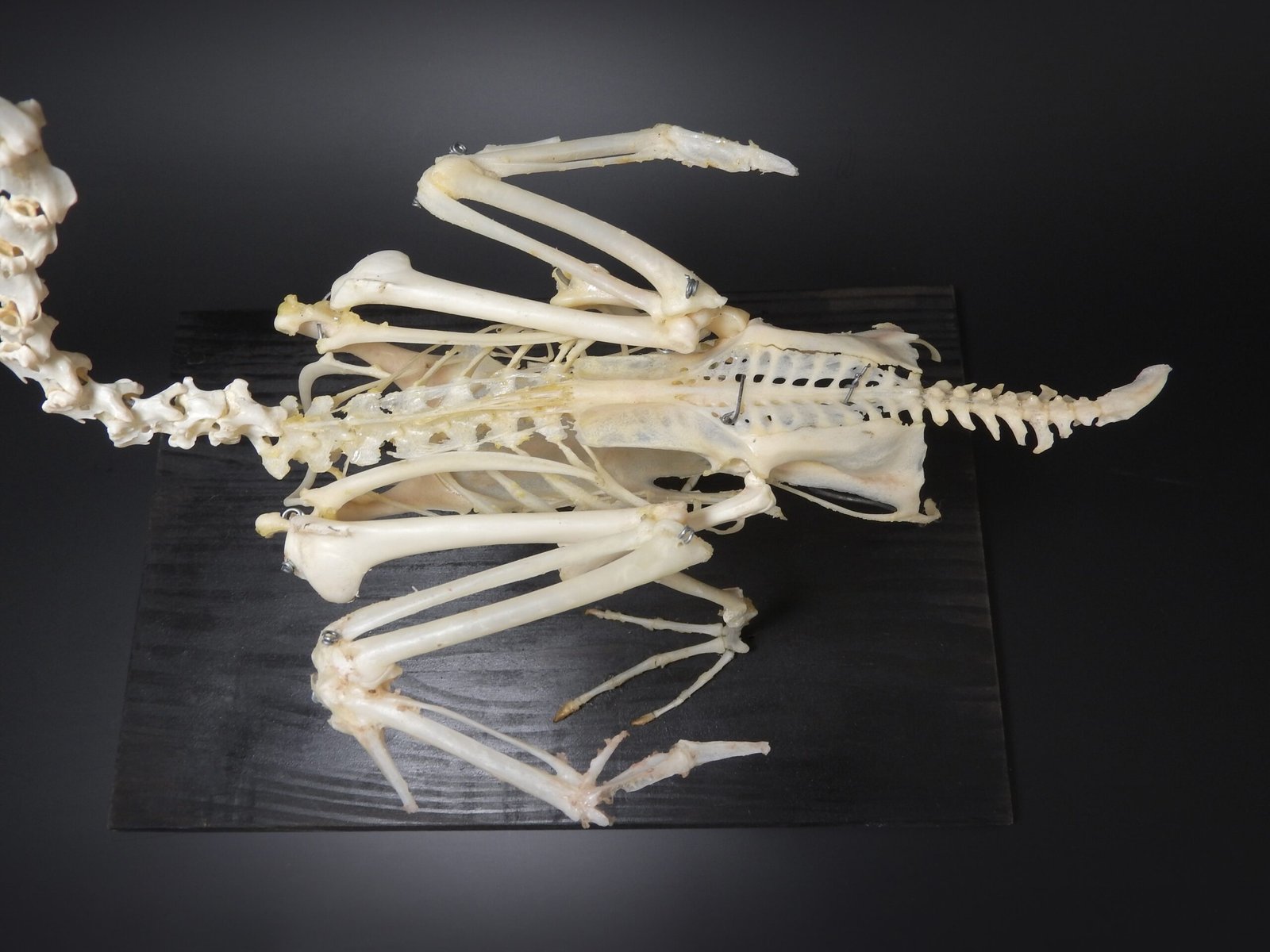
Gigantic fliers didn’t cheat gravity; they negotiated with it. Their skeletons were shot through with air spaces, creating light but strong struts that resisted bending without adding much mass. In many lineages, air sacs and a flow-through lung system supercharged oxygen delivery and cooled hard-working flight muscles. That combination supports the short bursts needed for launch and the steady metabolism required for extended soaring.
Lightness alone isn’t enough – you also need stiffness in the right places. Reinforced bone walls, strategic internal bracing, and ligament networks turned fragile-looking frameworks into robust airframes. The payoff was twofold: lower takeoff thresholds and safer margins in turbulence. Think of a high-performance bicycle frame, only living, growing, and continuously repaired from the inside.
Theory 6: Control Surfaces – Membranes, Propatagia, and Microstructure
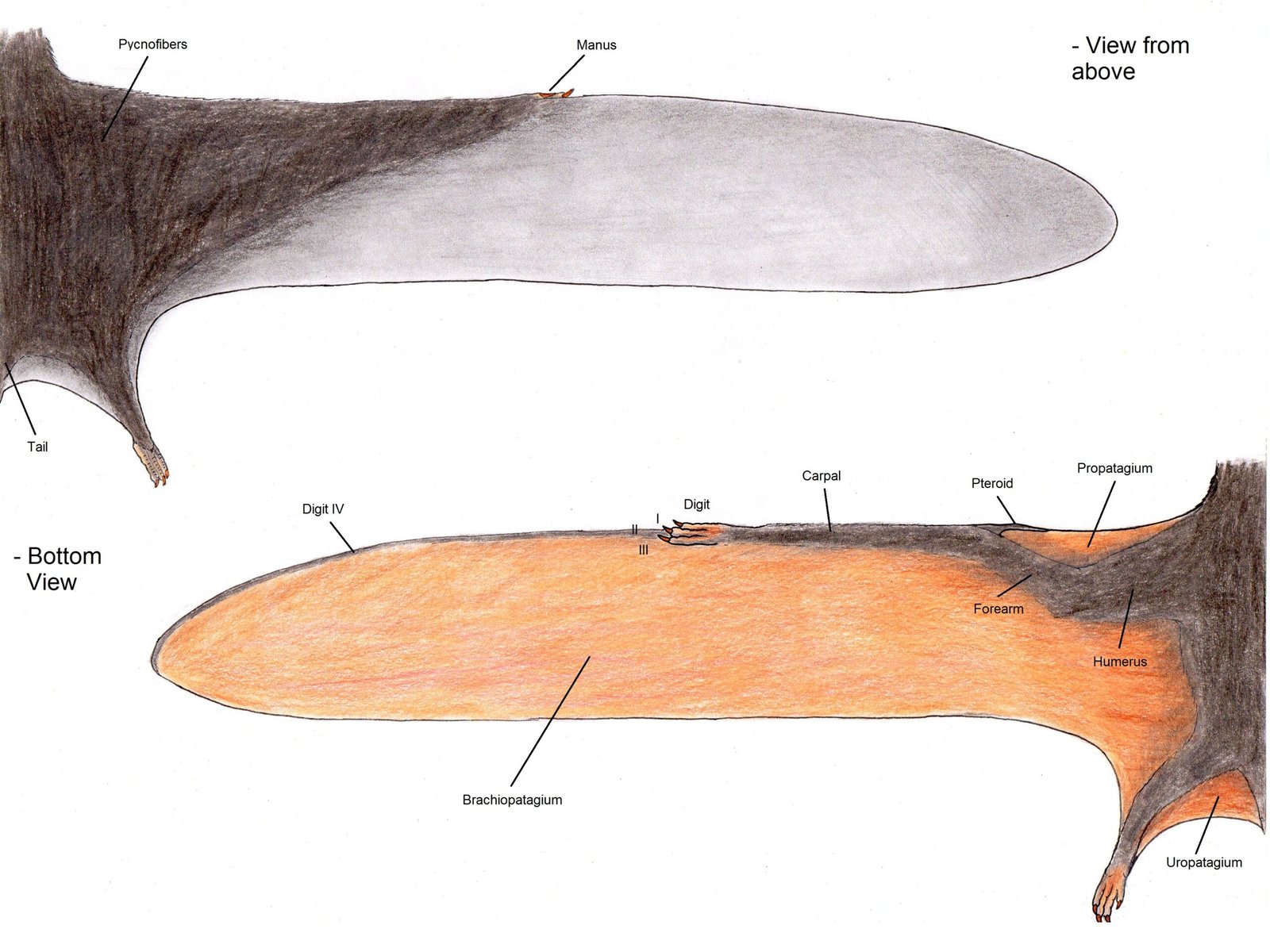
Flight is nothing without control, especially at giant scale. Pterosaurs carried a small bone at the wrist – the pteroid – that tensioned a front wing membrane called the propatagium, fine-tuning camber at low speeds. Their wing membranes weren’t simple sheets; they were laced with microscopic fibers that stiffened and directed load, resisting flutter and helping the airfoil hold shape. Subtle tweaks near the leading edge can delay stall, which is invaluable during takeoff and landing.
Large birds approached the same problem with feathers that slot open to smooth airflow when things get slow and risky. Different hardware, same aerodynamic goals. Whether keratin vanes or collagen membranes, the aim was precise: preserve lift, dampen vibrations, and keep control surfaces talking to the air. At monumental sizes, stability is survival.
Why It Matters – Rethinking the Limits of Bodies and Air
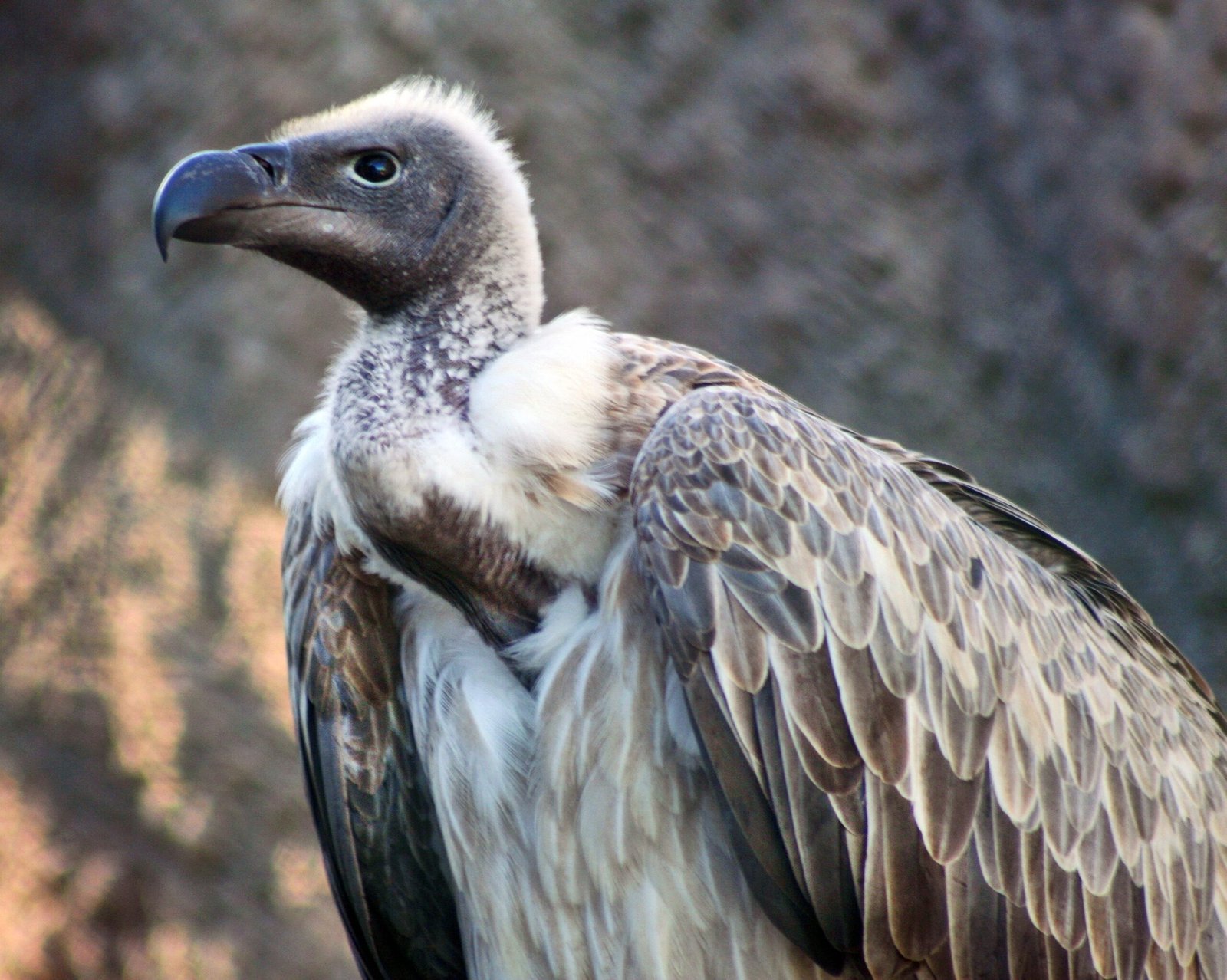
These theories do more than settle an ancient bet; they recalibrate what we think bodies can do in moving air. They show that size isn’t a deal-breaker if design, environment, and behavior work together. Compared with older, wingbeat-centric models that wrote off giants as near-ground skim-gliders, the modern view emphasizes launch mechanics, energy harvesting, and smart structure. It’s a shift from brute-force flapping toward strategic flight planning.
The consequences ripple outward. Engineers borrow these insights for efficient drones and sailplane-inspired UAVs that ride wind instead of fighting it. Ecologists use them to model how living soarers map landscapes and avoid energy traps. And for anyone who has wondered why a vulture or albatross feels uncanny to watch, the answer is simple: we’re seeing ancient solutions still winning the same old game.
The Future Landscape and What You Can Do
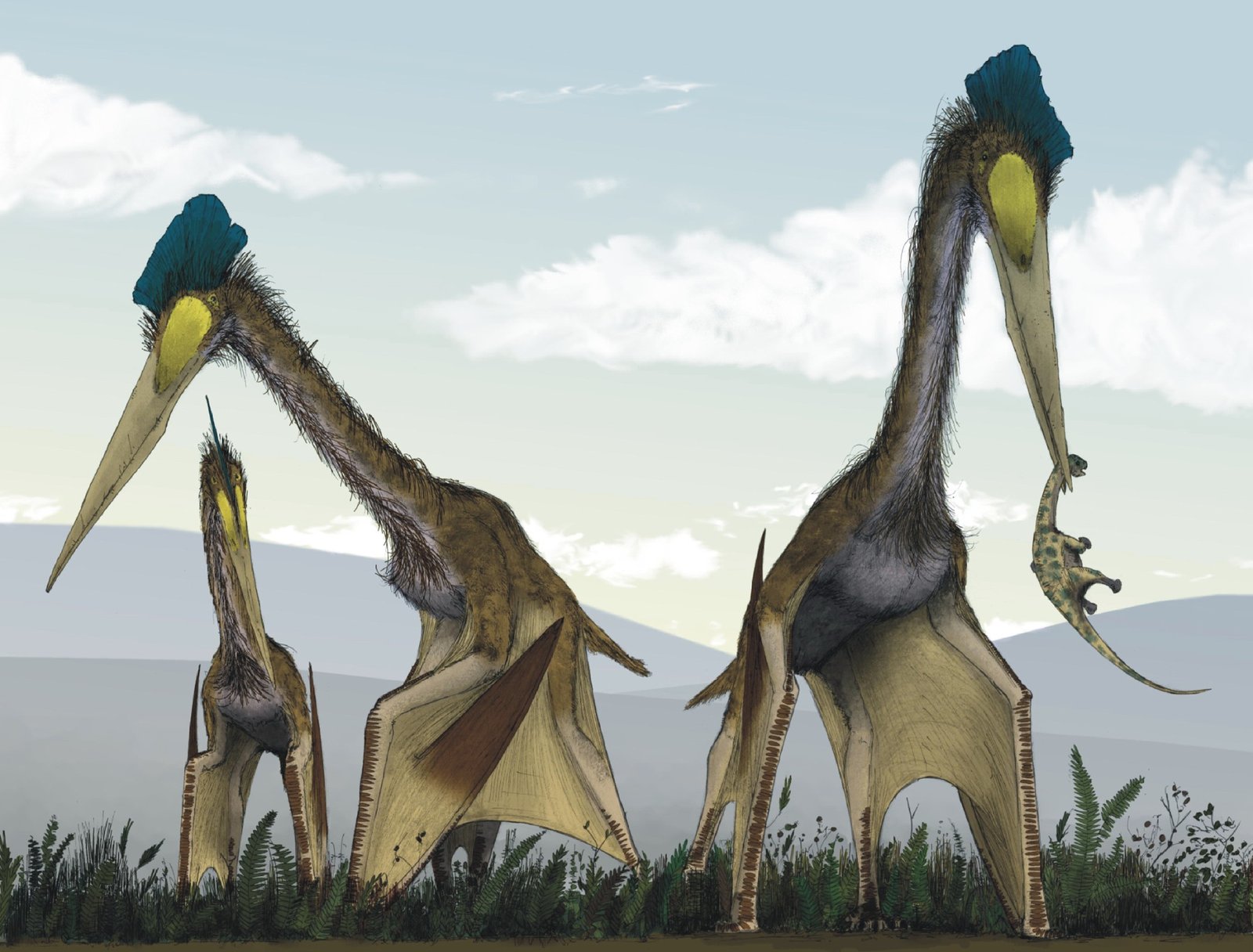
Tomorrow’s breakthroughs will come from strange alliances: CT-scanned fossils feeding into fluid simulations, soft-tissue reconstructions guiding wind-tunnel models, and GPS-tagged birds teaching algorithms how to read the sky. Expect tougher questions about muscle power scaling, wing membrane properties, and how prehistoric wind climates shaped routes. Autonomous gliders already practice dynamic soaring over oceans, and the next generation will blend bio-inspired control surfaces with onboard weather sensing. We may even see field robots riding thermals to collect atmospheric data with the thrift of a vulture.
Your part is surprisingly straightforward. Support natural history museums and field expeditions that safeguard and study rare fossils, because tiny bone details change big theories. Back open data in biomechanics and aerial ecology so students and startups can test ideas quickly and transparently. And when you’re outside, watch the sky with intent – reporting raptor migrations or beaching events helps researchers map the living wind, which in turn sheds light on how the giants did it.

Suhail Ahmed is a passionate digital professional and nature enthusiast with over 8 years of experience in content strategy, SEO, web development, and digital operations. Alongside his freelance journey, Suhail actively contributes to nature and wildlife platforms like Discover Wildlife, where he channels his curiosity for the planet into engaging, educational storytelling.
With a strong background in managing digital ecosystems — from ecommerce stores and WordPress websites to social media and automation — Suhail merges technical precision with creative insight. His content reflects a rare balance: SEO-friendly yet deeply human, data-informed yet emotionally resonant.
Driven by a love for discovery and storytelling, Suhail believes in using digital platforms to amplify causes that matter — especially those protecting Earth’s biodiversity and inspiring sustainable living. Whether he’s managing online projects or crafting wildlife content, his goal remains the same: to inform, inspire, and leave a positive digital footprint.




